Top 6 Construction & Architecture Trends Shaping the Industry


The construction industry is, without a doubt, an integral sector that drives a country’s economic growth. The industry constitutes about 13% of the world’s GDP, with a 1% productivity increase over the past 20 years. Moreover, the sector is far-reaching (i.e., real estate, roads, dams, public transportation, etc.) and goes beyond building structures as they also represent the foundation of communities.
As the construction landscape evolves with new technologies and practices, it will only keep on scaling to become more productive, innovative, and efficient.
In this article, you’ll learn about the architecture and construction trends shaping the labor-intensive industry, along with facts and figures that cement its role in the economy. Let’s get started.

Fast Facts
- In 2020, construction spending in the U.S. was no more than $1.5 trillion. – Statista
- Around 63% of contractors are using drones for their projects. – Autodesk
- About 53% of large general contractors use software to manage safety and inspections on at least half of their projects. – Autodesk
- A survey showed that 79% of adults didn’t know that architects are also responsible for ensuring that structures correspond with safety regulations. – Architecture Quote
- Around 70% of AEC (Architecture, Engineering, and Construction Services) firms report earning a part of their revenue from government contracts. – Architecture Quote
Construction & Architecture Trends Shaping the Industry
As the construction industry becomes driven by technology and incorporates better practices to improve operations, more exciting opportunities will come to address the inefficiencies and lag in the sector.
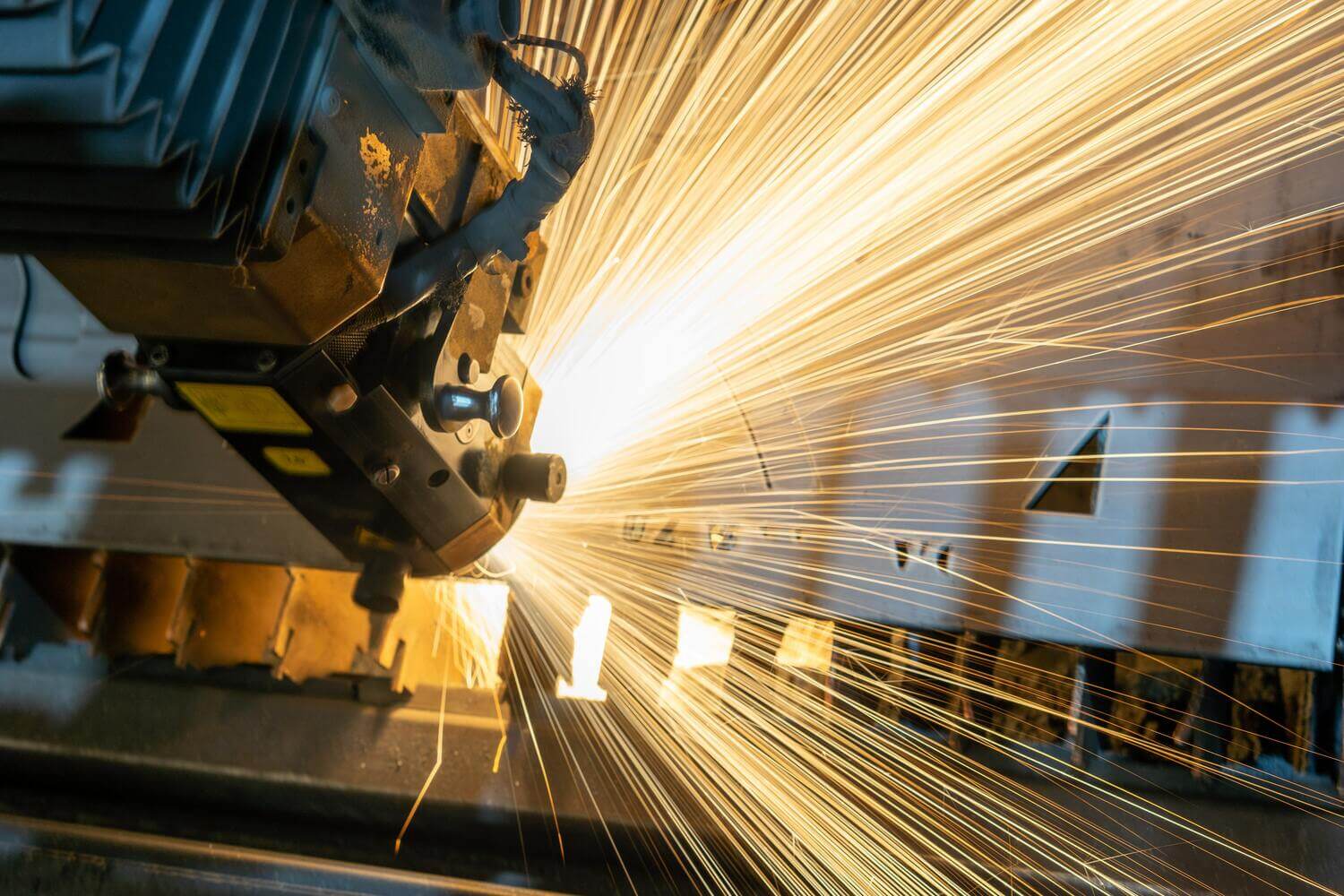
1. Rise of robotics and automation
A report found that about 49% of construction tasks can be automated. Like in other sectors, robotics, artificial intelligence, and automated systems are penetrating the construction industry. These technologies can minimize shortcomings, reduce costs, and improve productivity in operations.
There are four categories of robotic and automation technologies for construction:
- Off-site prefabrication systems: These aim to boost the quality of building materials for modular homes.
- On-site automated and robotic systems: These cover robotic and automated technologies on-site for single-task constructions or activities dangerous for or needs to be supported by workers.
- Drones and autonomous vehicles: These developments are created to support inspection, monitoring, maintenance, and more.
- Exoskeletons: These are wearable mechanical products that magnify the user’s capability but require a high standard of automation.
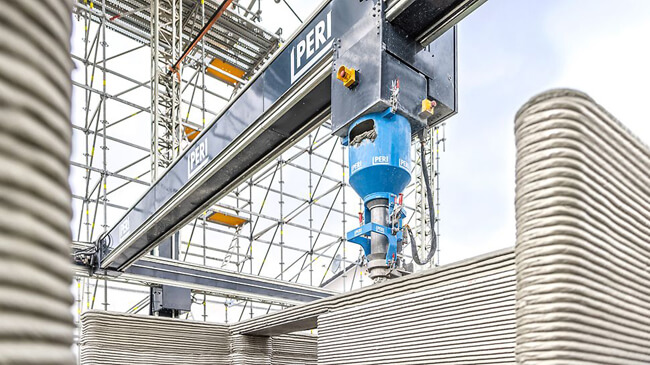
2. 3D printing integration
3D printing, when incorporated into plans and approached correctly, can decrease building and labor cost significantly compared to traditional construction solutions. It will require fewer workers to monitor the printer, position the building components, and install mechanical and electrical components.
Here are some remarkable examples of 3D printing in construction and architecture:
- The first 3D-printed office building that was printed in 17 days and constructed in 48 hours is erected in Dubai.
- The first family to live in a 3D-printed house, which took 54 hours to print with four months for contractors to furnish, stands in France. It’s 20% cheaper than constructing with traditional methods.
- MX3D 3D-printed an entirely functional smart stainless steel bridge to cross one of the most famous canals in Amsterdam.
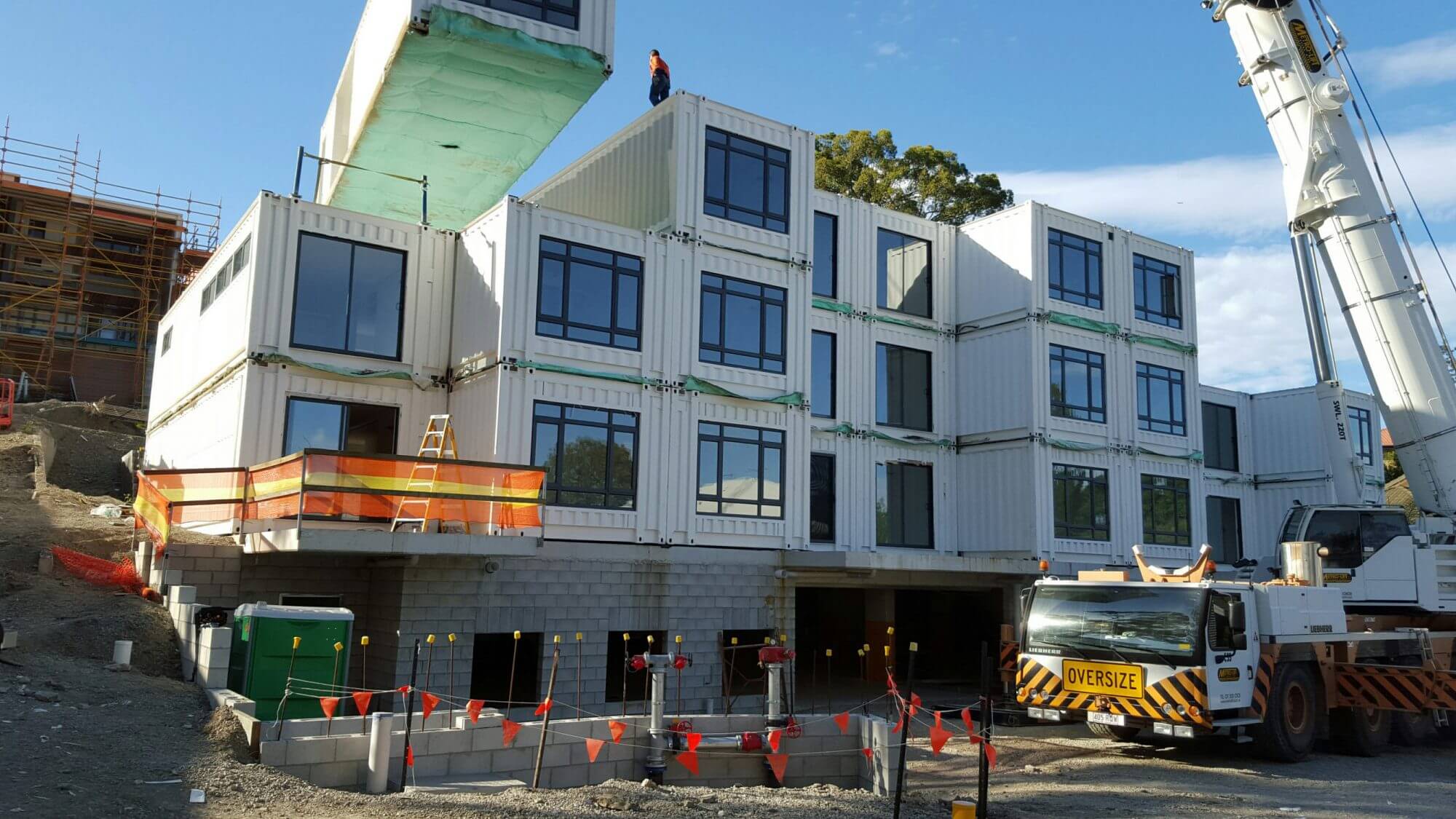
3. More prefabricated, off-site, and modular construction projects
In 2020, the global market for modular construction in the U.S. was at $95.1 billion. Prefabricated units also proved helpful during the COVID-19 outbreak. For example, hospitals used prefabricated units to accommodate more patients by assembling hospital blocks or facilities within several days. These modular constructions work well for speed and emergencies.
Besides healthcare, multifamily homes, hotels and motels, college buildings, and dormitories are the other building types most likely to utilize prefabricated and modular construction. Off-site and pre-construction projects help firms cut down construction timelines, decrease overall costs, and drive productivity and efficiency in workers.

4. Innovative safety equipment
Safety equipment standards and advancements will continue to develop in the construction sector. Safety trends in construction include wearable technology similar to what you would use or experience in your daily life, like fitness trackers. In construction, wearable technology, such as work boots, can be connected to Wi-Fi and GPS to alert supervisors in case of worker accidents or fatigue.
Fire-rated glass and framing products that deliver additional safety, specifically those that meet all fire, hose stream, and safety requirements, are also expected to be used in interior or exterior applications. These products that fulfill building codes ensure extra protection for people.
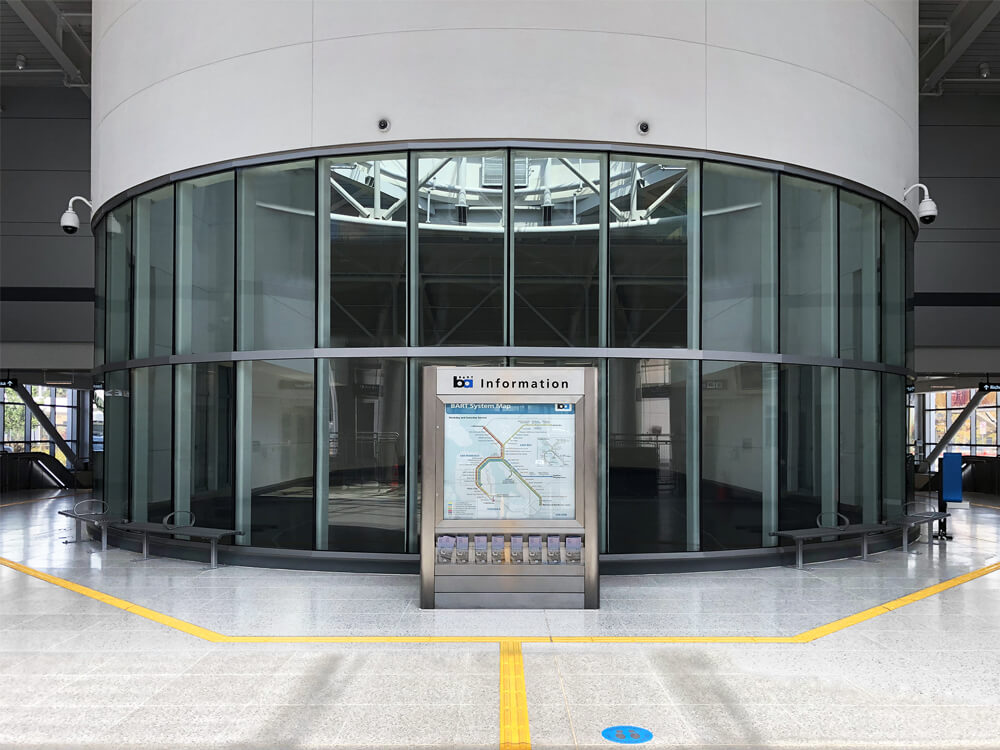
SuperLite II-XLB 60 Butt-Glazed Walls in GPX Architectural Series Framing at the Milpitas BART Station in Milpitas, CA
5. Increased use of glass for vision and transparency
The open floor plan concept in offices is extending in real estate assets. Architects are using floor-to-ceiling glass walls to connect, instead of separate, indoors with outdoor spaces. More than that, glass walls are also being used to let more natural light travel through spaces, reducing the demand for lighting effectively.
The use of glass in construction also provides better transparency for either or both sides of the glass, delivering enhanced vision in properties. SAFTI FIRST provides various fire-rated glass and framing products ideal for applications that also require meeting fire ratings without sacrificing vision and transparency.
As the leading manufacturer of architectural glass products, we constantly develop innovative products with our on-site engineering team.
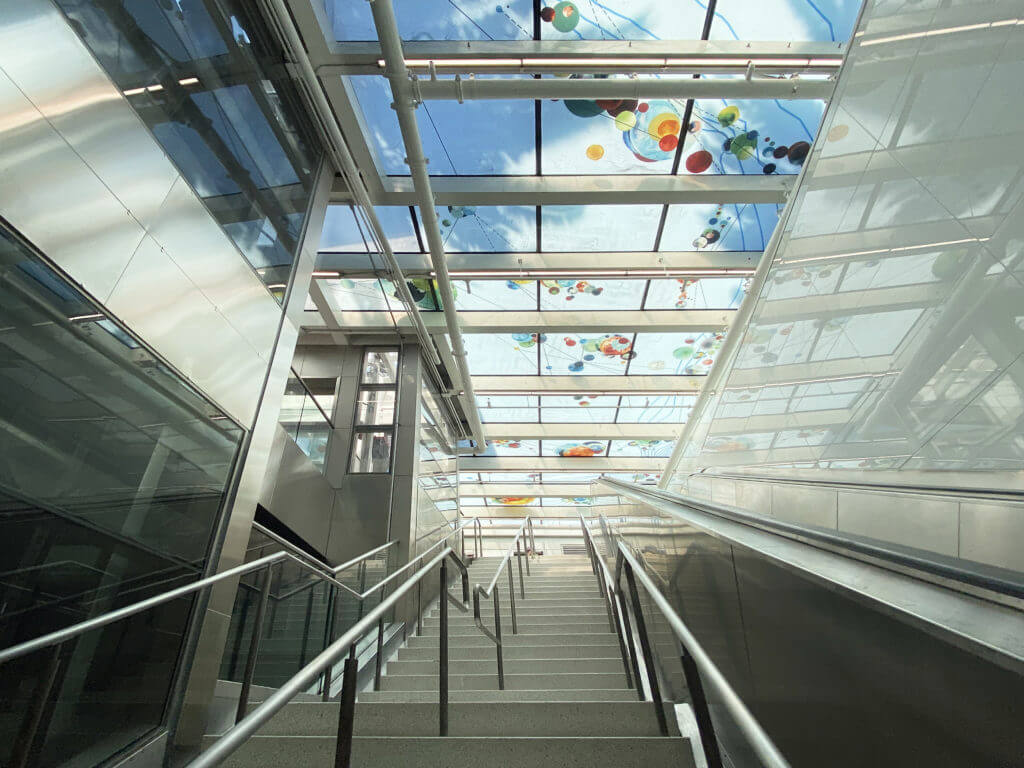
2 Hour GPX FireFloor System at Union Square Central Subway Station in San Francisco, CA.
6. Growing demand for USA-made products
The rising demand for high-quality and code-approved construction and architecture building materials is revolutionizing the industry. SAFTI FIRST‘s USA-made fire-rated glass systems are one of the innovations that continue to push the limits of fire-rated glass designs, especially in businesses where fire safety is of utmost concern.
With more than 40 years of experience in the innovation of advanced fire-rated glass and framing systems, SAFTI FIRST takes pride in its architectural products that are appealing and uphold safety and protection for people.
The leading single-source manufacturer of USA-made fire resistive and fire protective glass and framing added new production facilities that house top-rated automated equipment to accommodate the rising demand from architects and designers constantly pushing what glass can do.
The Bottom Line
As the construction and architecture industries continue to grow and adopt innovative ideas, it’s important to stay updated with the trends to help your business stay competitive and constantly evolving. From advanced and smart safety equipment to prefab materials, companies can build more sophisticated projects faster without sacrificing quality and safety.
SAFTI FIRST is an industry pioneer in USA-made fire-rated glass and framing assemblies that caters to different construction and architectural projects. We have in-house production facilities and specialists to ensure a fast lead time and maintain top-notch products. Visit our website to learn more about SAFTI FIRST‘s product offerings and applications.